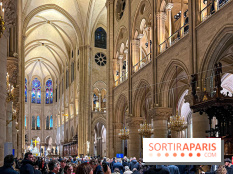Recently rediscovered in the "Village Préféré des Français" 2023, Flagy in Seine-et-Marne may not have won the crown, but it's still a lovely heritage site to discover. Situated near Montereau-Fault-Yonne and crossed by the Orvanne river, this charming 12th-century village in the Île-de-France region, which has been awarded the Village de Caractère label, offers a glimpse into French history and culture.
As you stroll through Flagy, let yourself be enchanted by its charm, which seems to have been frozen in time. You'll discover the many bridges and footbridges spanning the Orvanne, a tributary of the Loing. You'll love the beautiful lavoirs on display.
For walking enthusiasts, the village offers numerous hiking trails, and its intense social and cultural life is fueled by the dynamism of its volunteers and 15 associations.
One of Flagy's curiosities is a first in France: all the electricity poles in the village are painted in all colors! The café in the village square is home to one of the last gas stations in rural France. Among the legends told is that of the weathervane on the roof of Flagy church, a curious weathervane adorned with a rooster and a pig's head. The latter is said to recall a story from the Hundred Years' War. When the Black Death struck, the inhabitants of Flagy refused to take in sick people from a neighboring village. As punishment, it is said, the bishop inflicted a pig's weathervane on them, a constant reminder of their lack of compassion.
Flagy is home to some pretty nuggets:
The Moulin de Flagy, once owned by Blanche de Castille, was essential to the autonomous life of Flagy during the Middle Ages, producing flour for the village. Surviving wars and fires thanks to its isolation, it continued its quiet activity until the 19th century, when a royal decree regulated its operation, marking the end of its autonomy. Despite notable changes, such as its plaster cladding, it continued to supply flour even during the siege of Paris in 1870.
In the 1930s, the mill underwent technological modifications, replacing the waterwheel with a turbine and the millstones with grinders. Despite the state monopoly on flour manufacture, the mill continued to produce flour for animals. During the Second World War, it resumed bread flour production in secret.
After the war, the mill lay dormant until it was extensively restored in the 1960s, revealing its original structure beneath the plaster and discovering a new vocation: that of a restaurant. We recommend that you take a seat here and sample the fine cuisine, while admiring the course of the river.
Flagy 's history is everywhere, from its parish church, Notre-Dame de Pitié, to its 19th-century manor houses and châteaux. Take a stroll through the vineyards, which have recently been replanted by enthusiasts.
In June and July, don't miss the Friday aperitif-concerts in the village square. A good-natured atmosphere is guaranteed on the village square, where you can enjoy pop, rock, folk and French chanson. Whether you come for the history, the culture, the natural beauty, or simply to enjoy good company, Flagy offers an experience you won't find anywhere else.
Le Moulin de Flagy, restaurant and bucolic terrace in a former mill in Seine-et-Marne (77)
We're off to Flagy in the Seine-et-Marne, one of France's favorite villages, to discover the Moulin de Flagy, a hotel-restaurant on the banks of the Orvanne, which offers fine home cooking in a verdant setting. [Read more]










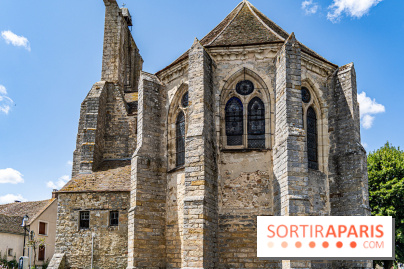






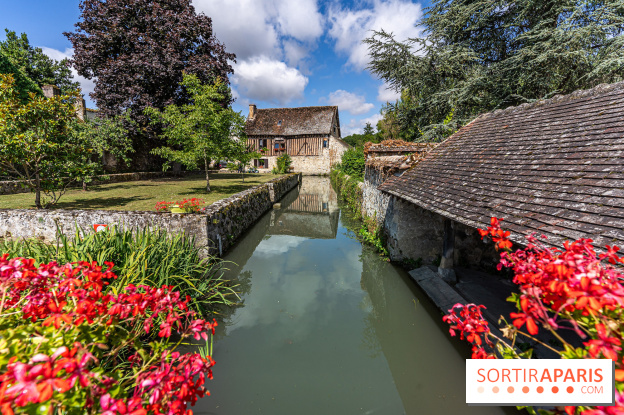





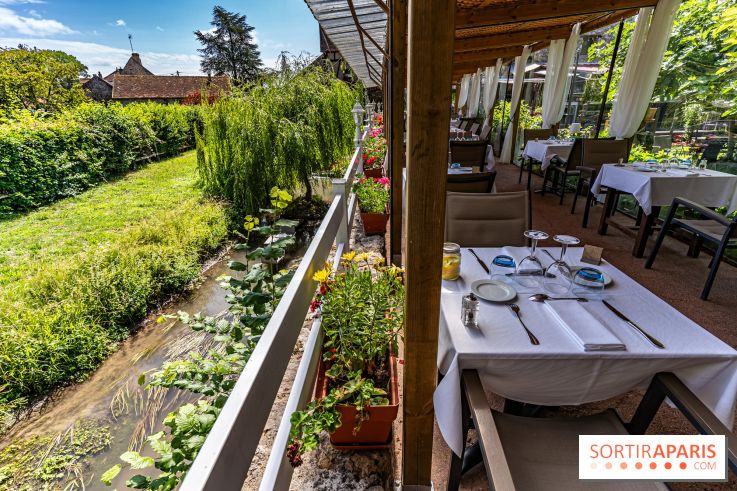

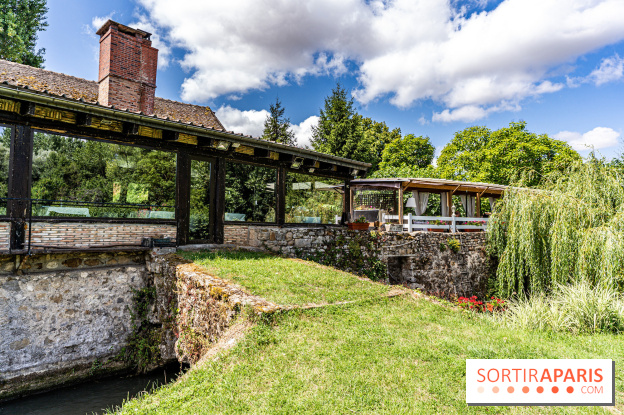







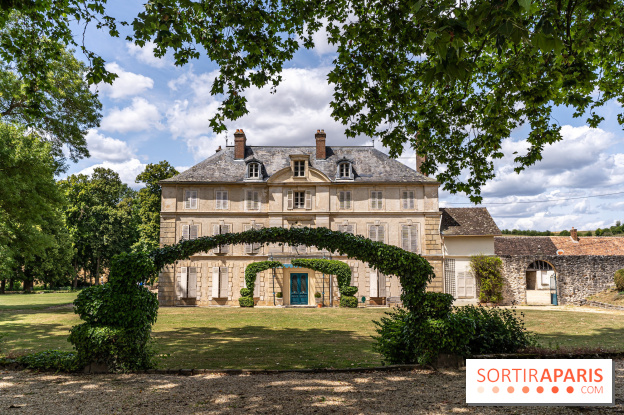









 Le Moulin de Flagy, restaurant and bucolic terrace in a former mill in Seine-et-Marne (77)
Le Moulin de Flagy, restaurant and bucolic terrace in a former mill in Seine-et-Marne (77)
